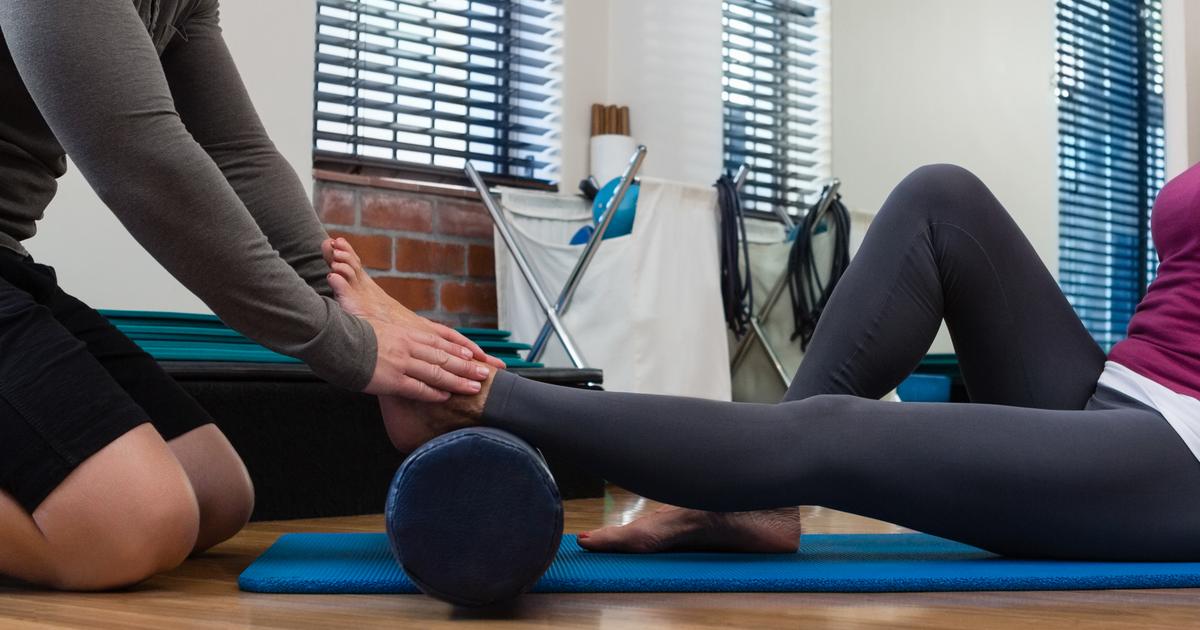How To Promptly Treat Achilles Tendonitis
Achilles tendonitis is a form of overuse injury that develops when the Achilles tendon is inflamed. The Achilles tendon connects the calf muscle to the heel bone, and injuries to this area most often occur in athletes, runners, and individuals who only workout occasionally. Like other forms of tendonitis, Achilles tendonitis is considered an overuse injury and is believed to be caused by excessive force on the area or improper exercise technique. The condition is generally short-term and lasts for only weeks or a couple of months, but some individuals may have chronic tendonitis that takes at least a year to resolve. Many patients have several episodes of tendonitis during their lives.
Symptoms of Achilles tendonitis include pain in the heel and back of the leg. Often, the pain worsens with exercise and may be particularly severe in the mornings and on days following exercise. Bone spurs, thickening of the tendon, and swelling may also be present. Orthopedic surgeons and physical therapists can all help with diagnosing and treating this form of tendonitis. Diagnosis can normally be made with a physical exam, and sometimes, MRIs or other imaging can be helpful in confirming the diagnosis. Patients with tendonitis are monitored at regular follow-up appointments with their medical team. Non-invasive, conservative treatments are generally used first, and if patients do not respond to these treatments, surgery is sometimes recommended to reduce pain and correct the tendonitis.
The treatments below can help treat Achilles tendonitis.
Strengthening Exercises

Patients who have been diagnosed with tendonitis are often told to rest the area for a while, and this can help speed healing. During their rest from the activity that led to the overuse injury, patients are frequently advised to try strengthening exercises, which should only be performed under the guidance of a physical therapist to avoid further injury to the area. Strengthening exercises help build endurance in the muscles around the Achilles tendon so it has better support and is less prone to future injury. Exercises from a physical therapist also focus on lengthening and releasing the tendon and the muscles around it. This reduces pain and helps the patient return to full functioning. Physical therapists may also use massage and ultrasound therapies along with stretching exercises to promote a complete recovery.
Get to know more methods of treating Achilles tendonitis now.
Orthotic Inserts

Orthotic inserts are gel or foam cushions that fit inside footwear. These cushions are available over-the-counter at drugstores, and podiatrists or orthopedic surgeons can also make custom inserts for their patients. The inserts can fill the entire shoe or just one particular area. They help relieve pain by redistributing the weight of the foot off of the injured area. For Achilles tendonitis, orthotic inserts worn at the heel are often the most comfortable. Patients should always be evaluated by a doctor and ask about what types of orthotics would be most appropriate for their particular ailment to avoid further injury. Some patients may wish to wear the orthotic device only on the foot with the injury. For other patients, it may be appropriate to wear orthotics in both shoes to aid balance. Orthotics should be replaced regularly so they continue to provide adequate support.
Keep reading to discover more strategies to treatings Achilles tendonitis.
Pain Medication

Achilles tendonitis can be very painful, particularly as it involves the foot and affects walking. Pain medication may be recommended to make it easier for patients to walk. Over-the-counter pain relievers like ibuprofen may help in mild cases, and doctors can recommend stronger pain relievers if necessary. Topical gels containing diclofenac are often beneficial, and they have fewer side effects than oral medications. The use of any pain medication should always be discussed with a doctor due to the potential for drug interactions and serious liver or kidney side effects. Medications should be used in the lowest dosage that is effective, and they are not intended to be a long-term solution for this condition. If topical and oral medications do not help, doctors may recommend injections of cortisone. Medication should be used alongside physical therapy so the patient can make a full recovery.
Uncover more ways in which Achilles tendonitis can be treated now.
Compression Socks

Compression socks help keep blood flowing in the lower legs and feet, and they can be helpful in supporting the Achilles tendon while it heals. Since patients with Achilles tendonitis may need to rest their feet for several days, the use of compression socks is especially important and can reduce their risk of developing a blood clot. These socks come in several sizes and different levels of compression. Some are available at pharmacies as well as online. Any patient considering the use of compression stockings should check with a doctor first to determine which are the most appropriate. If a doctor determines compression socks are appropriate for a particular case, they will advise the patient as to which stockings may be most helpful. The doctor will also instruct the patient about when to wear the compression socks and for how long. It is crucial to note they should not be worn continuously.
Continue reading to learn about another option for treating Achilles tendonitis.
Elevate The Affected Foot

Doctors typically encourage patients with mild cases of Achilles tendonitis to elevate the affected foot. Elevating the foot can help reduce swelling and pain. It is often used alongside other conservative treatments such as rest, compression of the area with a bandage, and ice. While the affected foot is elevated, patients may wish to use ice packs to reduce swelling. These should be wrapped in a towel or plastic before being applied to the skin. Ice packs should be left in place no more than twenty to thirty minutes at a time, and patients generally use them three to four times a day. Doctors recommend the affected foot be kept elevated overnight while sleeping. This can be done using an extra pillow. In addition to the use of ice, some patients find the application of a heating pad or the use of a foot bath particularly soothing.